Eager Beavers
As our osprey family wing their way south we’re also coming to the end of our season of People’s Postcode Lottery Beaver Watches here at Loch of the Lowes. These events have proven to be one of our most popular summer activities at the reserve and as an Assistant Ranger I’ve been lucky enough to host several of them this year.
Many visitors are surprised when we mention our beaver family and are even more surprised to know they’ve been at the loch for six years now.
During my previous role as a Species Protection Officer on Osprey Watch it was a reliable highlight of the day-shift to spot a beaver or two, whether feeding and going to bed at dawn or heading out to work at dusk. I love rodents, especially giant rodents and was delighted the first time I saw one of our resident family powering through the water. That thrill has never really gone away and it’s always a pleasure to see visitors spotting their first beaver from our hides.
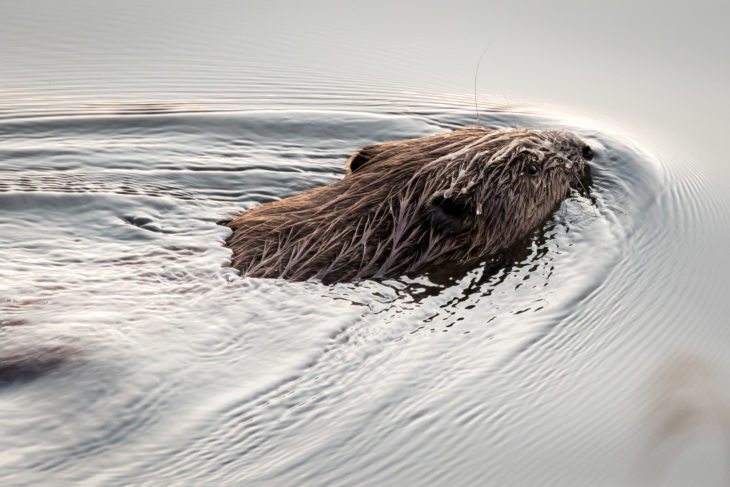
We host weekly watches in the spring and summer and they usually last around two hours. We start the evening off with some drinks and biscuits and then the group heads to our beautiful Crannog hide for a talk about beavers, their history and biology, their place in Scotland, and our local population.
I’ve hugely enjoyed researching beavers and finding interesting material for the weekly presentation. It’s been great for us all to hear the positive feedback we’ve had this year about the talk and gratifying to get lots of interesting questions from our visitors. I’ve met some very keen and knowledgeable naturalists of all ages this season.
Beavers are specialist aquatic rodents who are able to create a mosaic of different habitats and positively influence biodiversity through their feeding and day-to-day behaviour. They need a habitat with varied deciduous woodland, fresh vegetation and plenty of clean water; Loch of the Lowes is an ideal place for a family to set up shop.
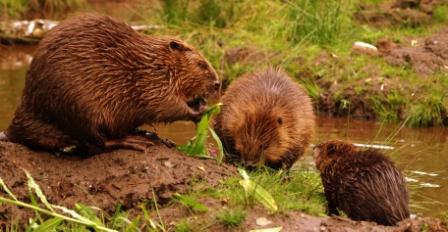
The first distinctive field signs of beavers were spotted in 2012 – felled trees that are pointed at the top of the stump, smaller branches stripped of their bark lying on the shore, and distinctive piles of branches and plants being stored for future eating. If you’re visiting us at the loch try spotting these signs through our hide telescopes, there’s plenty of activity to see.
Eventually there were sightings of a single beaver on the loch and the Trust decided it was important to determine what condition it was in and whether it was an American or Eurasian beaver. Eurasian beavers and American beavers are two different, genetically incompatible species so we had to ensure we did not have an invasive American population. Happily, after a short trip to the zoo to be examined by the vets, it was determined that our resident beaver was a healthy male, around two or three years old, and was definitely Eurasian. He was later joined by a female and they formed a breeding pair, and ever since then they’ve had an average of two kits per year.
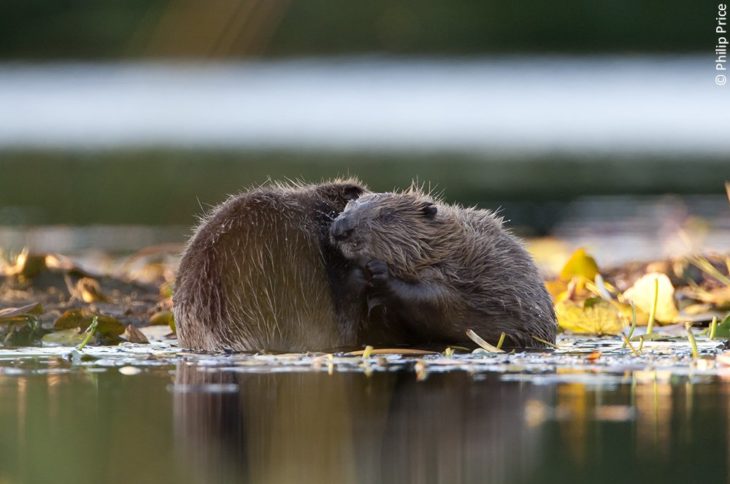
The beavers have slotted in well with the environment and other animals at Lowes, although a recent run-in with an aggressive male swan saw a beaver give a tail-slap warning which gave the swan second thoughts! We keep a watchful eye on how they are affecting the reserve with regular shore walk surveys. We observe what tree species they are eating and what size of trunks and branches they are working on, how many trees they are felling, what amount of material they are taking from trees left to stand, and how much regeneration we are seeing from trees that the beavers have coppiced.
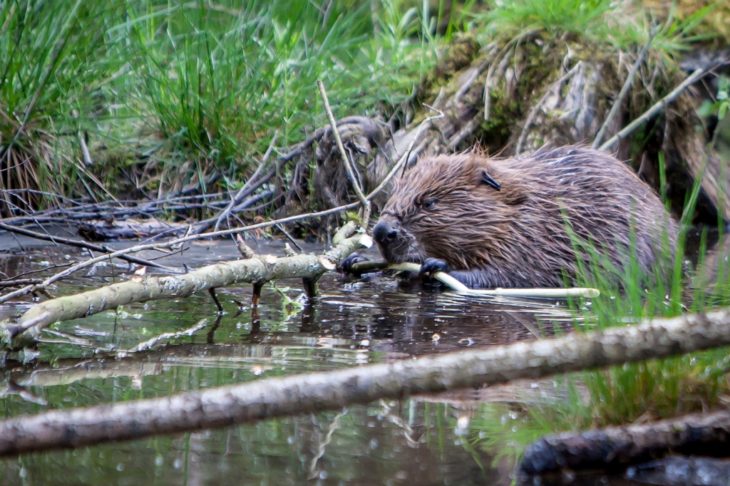
We’ve observed good regeneration from beaver coppiced trees on the reserve and hopefully when the final data is gathered we’ll have a fuller picture of the rates of regrowth and which species seem to do best after being worked on. Interestingly, beavers seem to favour trees that regenerate well such as willow and rowan – they prefer to eat smaller branches and coppicing trees in this way may guarantee them a future food supply of their preferred size.
The Assistant Ranger team have already completed most of this season’s beaver impact survey and I’ll be completing the data gathering and results summary as my personal project for the internship. We already have good data on the beavers’ recent feeding habits on about half of the loch and I’ll be getting my wellies and measuring tape ready to complete the rest of the study over the coming few weeks.
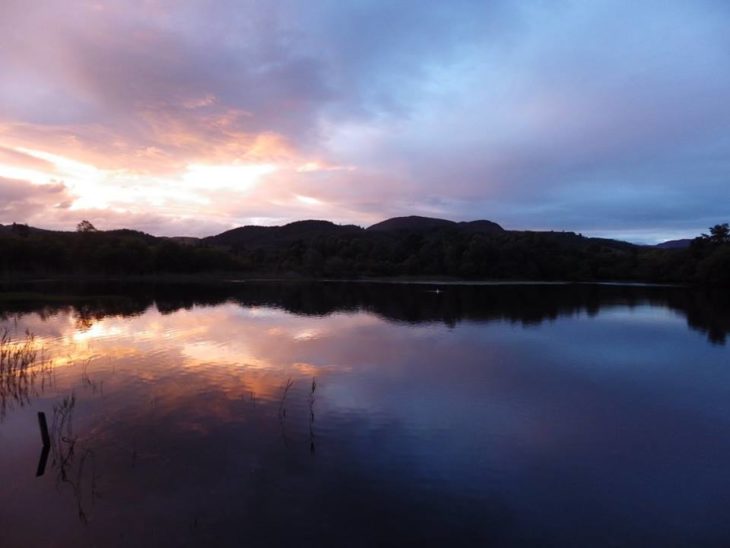
It is a special joy to be able to observe a previously extinct species thriving in its rediscovered home. Our Beaver Watch nights have been regularly over subscribed and shows the growing public interest in the return of ‘nature’s architect’.
I know personally that it will always be a special memory to recall watching our very pregnant female feeding on bogbean as the sun rose or seeing a youngster swim past me as I got ready to hand over to the night shift.
I hope our resident beaver family continue to thrive at Lowes and that we can keep collecting important data to help us understand more about these truly special animals and how we might best live with them into the future.
Lynsey, Assistant Ranger
Did you know? Beavers were considered acceptable food for Fridays and fast days, as they were classified as fish by the church in the 17th century.
Help protect Scotland’s wildlife
Our work to save Scotland’s wildlife is made possible thanks to the generosity of our members and supporters.
Join today from just £3 a month to help protect the species you love.
Preface
As our osprey family wing their way south we’re also coming to the end of our season of People’s Postcode Lottery Beaver Watches here at Loch of the Lowes. These …
